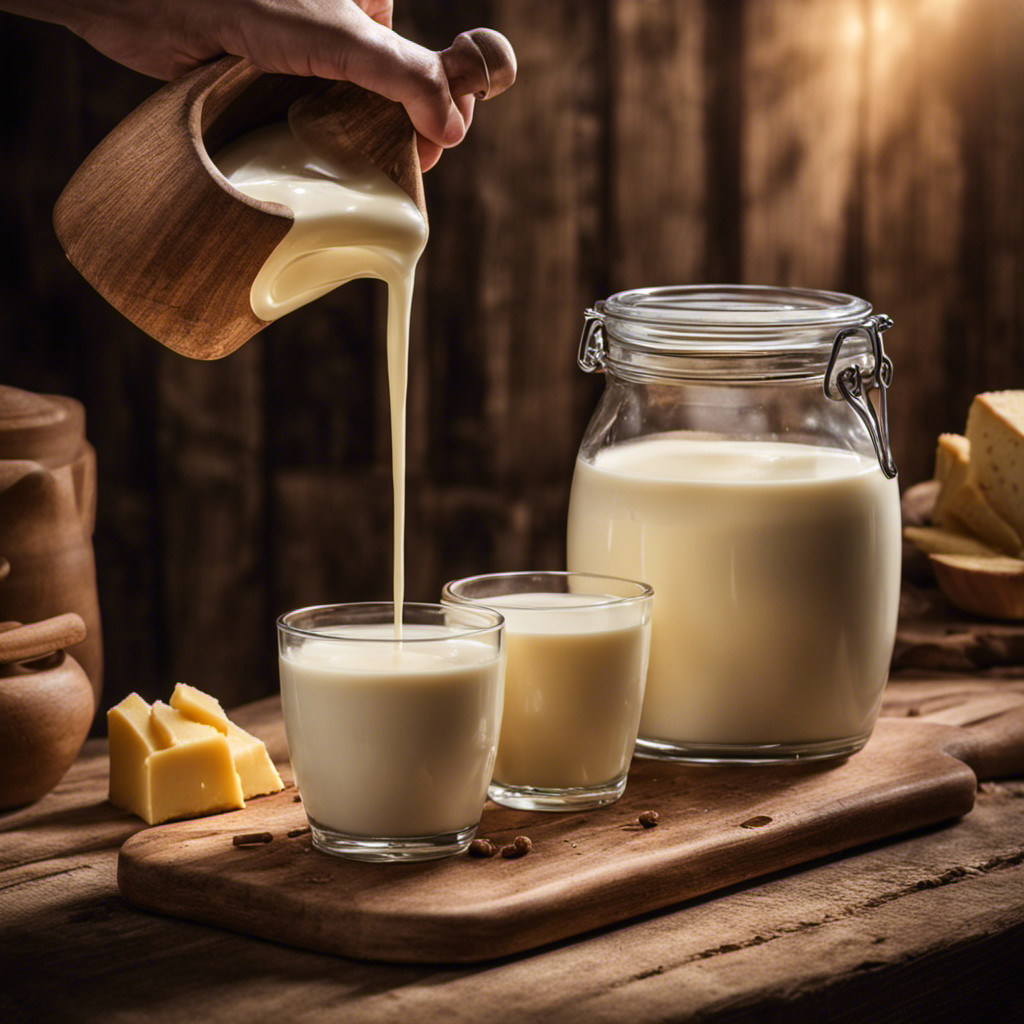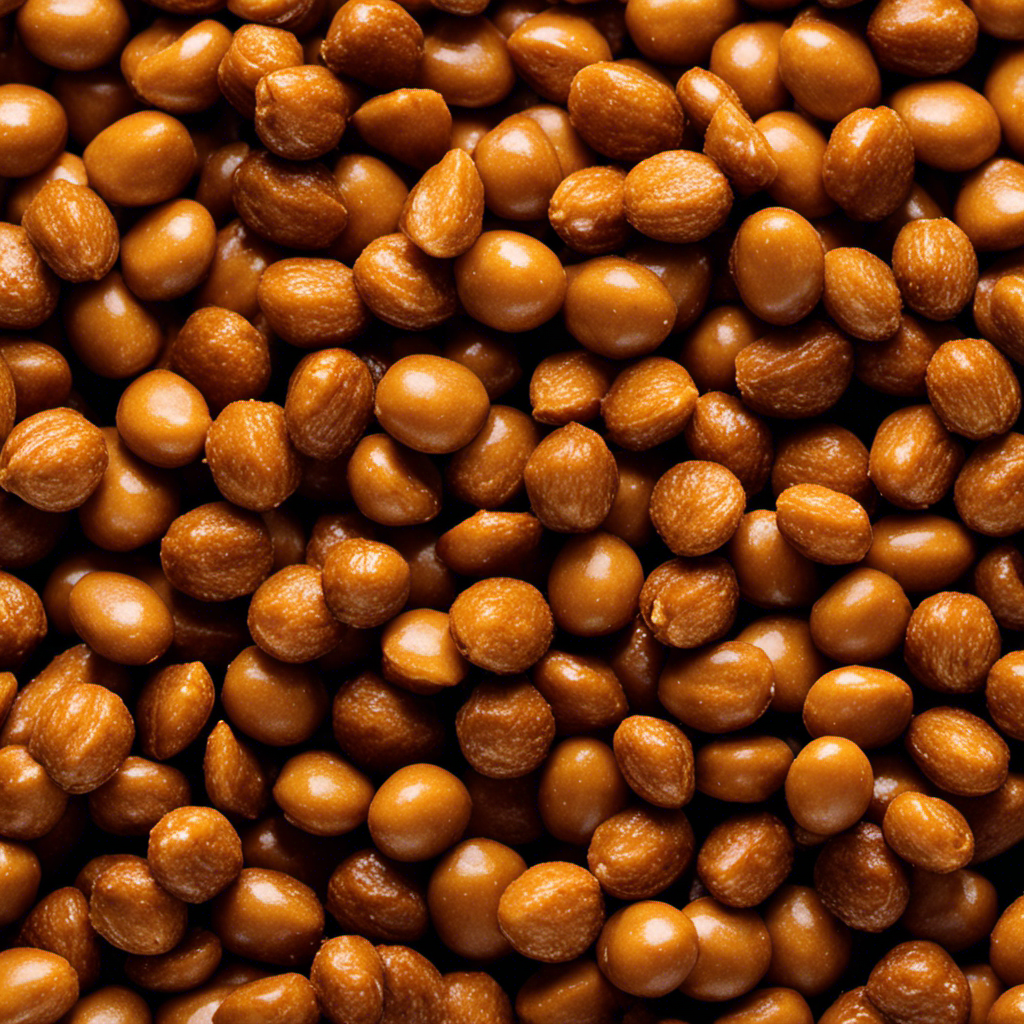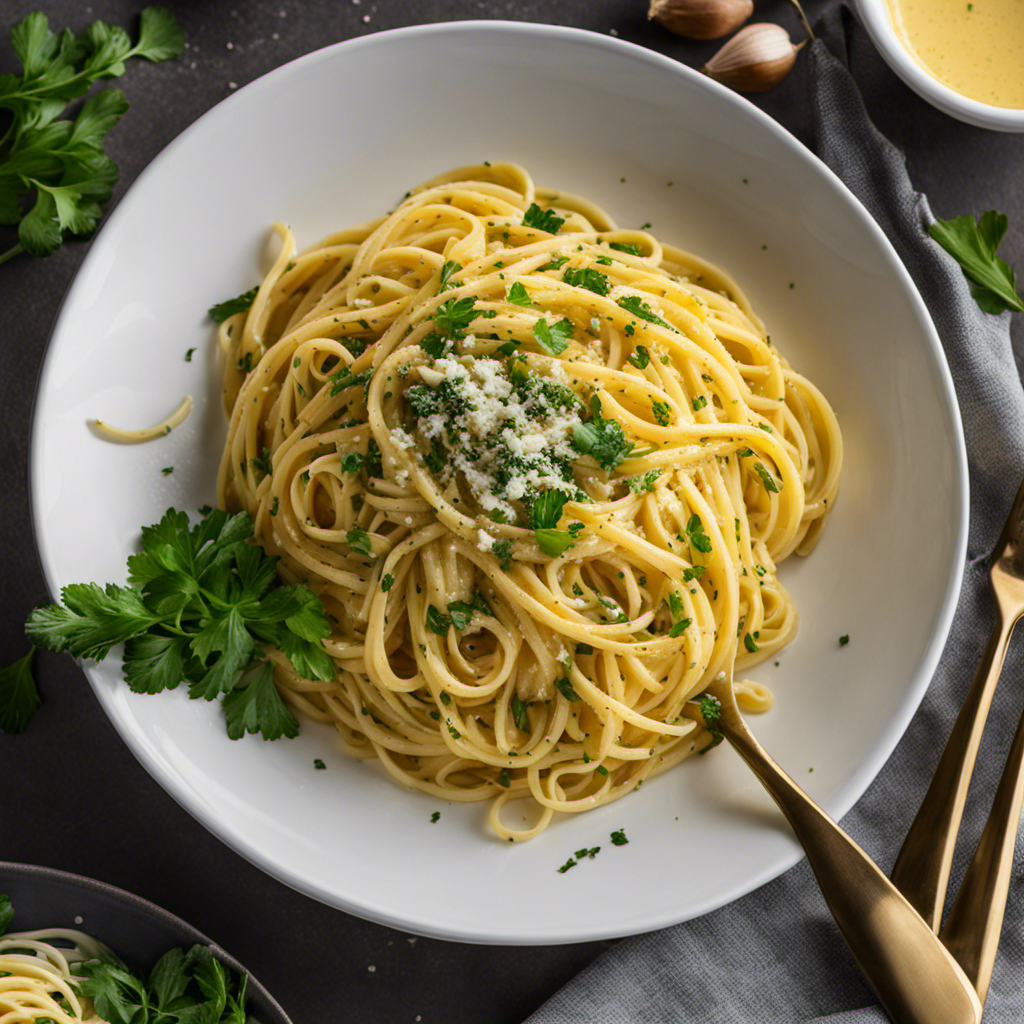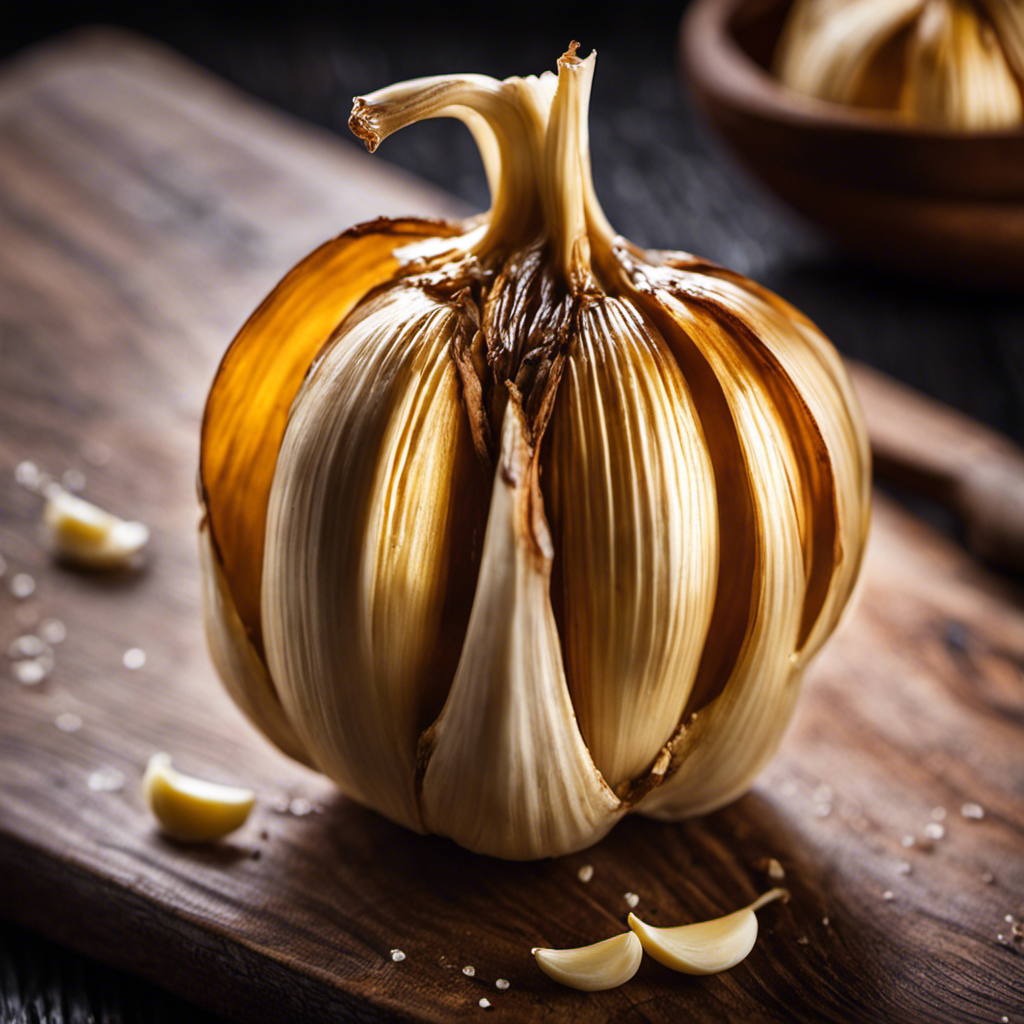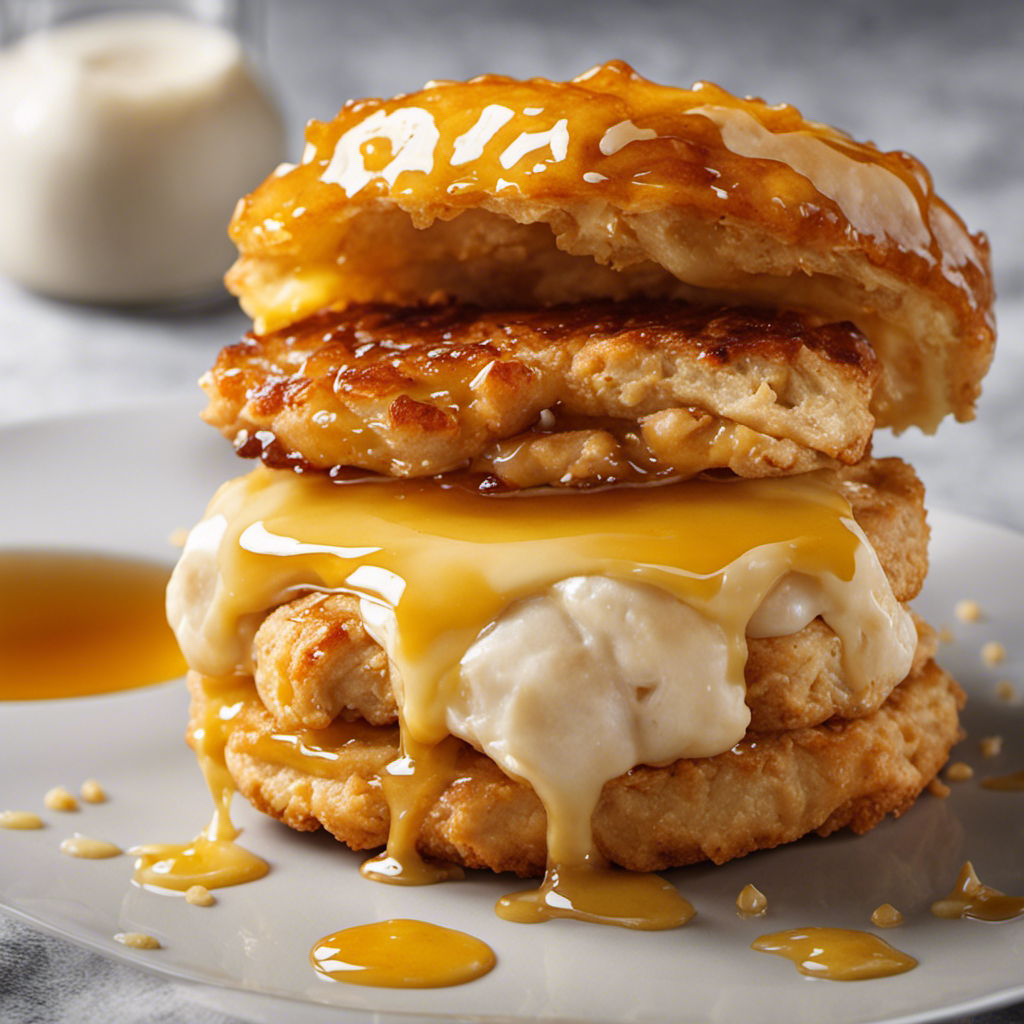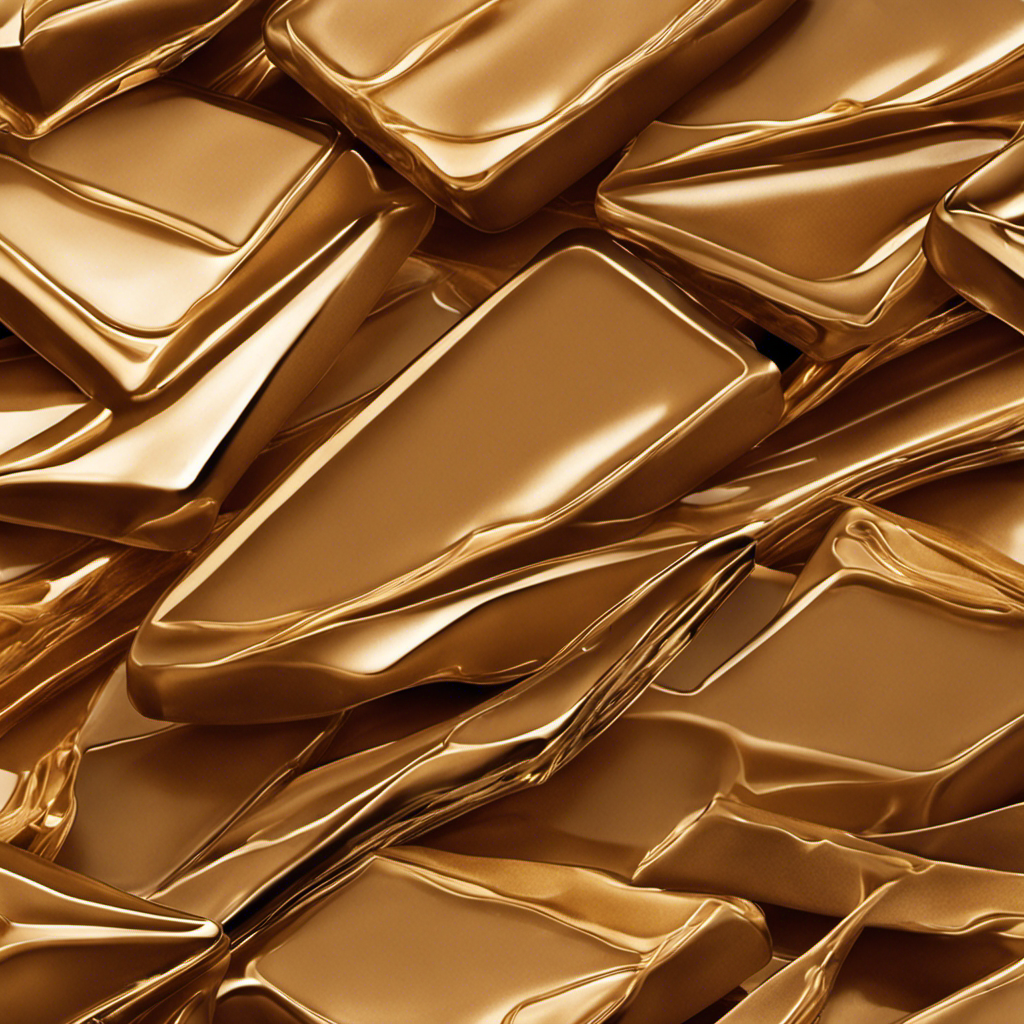So you want to learn the secret to making butter in Little Alchemy 2? Well, look no further, because I’ve got you covered.
In this article, I’ll guide you step-by-step through the process of creating this creamy delight using just a few simple ingredients.
Get ready to embark on a magical journey of alchemical proportions as we uncover the secrets of turning milk and time into a delectable spread.
So grab your cauldron and let’s get started!
Key Takeaways
- Gathering the necessary ingredients: milk, coconut, tool, almonds, grass
- Using a sturdy container with a tight lid for shaking the ingredients
- Experimenting with different combinations of basic ingredients to create new elements
- Combining milk and time to create butter and exploring its properties and alchemical reactions
Gathering the Necessary Ingredients
To make butter in Little Alchemy 2, you’ll need to gather the necessary ingredients. One of the key ingredients is milk, which can be found by combining livestock and grass. However, if you’re unable to find milk, there are alternative ingredients you can use.
One option is to combine coconut and tool to create coconut milk, which can be used as a substitute. Another alternative is to combine almonds and tool to create almond milk. Both coconut milk and almond milk can be used in place of regular milk to make butter.
When making butter, it’s important to remember a few tips for successful results. Make sure to use a sturdy container with a tight lid for shaking the ingredients. Additionally, using heavy cream instead of milk can result in a creamier and richer butter.
Finding the Starting Elements
When it comes to making something in Little Alchemy 2, it all starts with the essential starting elements. These are the basic ingredients that you need to combine in order to create new elements and unlock new possibilities.
Essential Starting Elements
The most important starting elements in Little Alchemy 2 are air, earth, fire, and water. These elements serve as the foundation for creating countless new items.
However, sometimes you may find yourself in need of alternative ingredients to progress further. That’s when exploring different techniques becomes crucial.
By experimenting with different combinations and thinking outside the box, you can discover new elements that can serve as substitutes for the basic ones. For example, you might stumble upon a recipe that uses steam instead of water, or lava instead of fire.
These alternative ingredients add an exciting twist to the game and make the process of discovery even more rewarding.
Now, let’s explore the next step: combining basic ingredients.
Combining Basic Ingredients
By combining basic ingredients, you can create a wide range of new elements in Little Alchemy 2. It’s like conducting your own virtual science experiment! One of the most exciting things about Little Alchemy 2 is the ability to experiment with flavors and create unique combinations. However, it’s important to note that not all combinations will result in a successful outcome. Sometimes, you may encounter common mistakes along the way. To help you troubleshoot these issues, here’s a handy table with some common mistakes and their solutions:
| Mistake | Solution |
|---|---|
| Mixing incompatible elements | Try different combinations |
| Forgetting to add heat | Use a heat source like fire or a stove |
| Adding too much of one ingredient | Adjust the proportions and try again |
| Not mixing ingredients thoroughly | Stir the mixture well until fully combined |
| Using stale ingredients | Make sure your ingredients are fresh |
With these tips in mind, you can continue your journey in Little Alchemy 2 and create even more fascinating elements. Happy experimenting!
Experimenting With Combinations
Experimenting with combinations in Little Alchemy 2 can lead to unexpected and exciting results. As I delve deeper into the game, I find myself drawn to exploring flavor variations and experimenting with different fats.
The possibilities are endless, and each combination brings a unique twist to the gameplay. Here are a few examples that have captivated my imagination:
- Mixing fire and water creates steam, giving a sense of transformation and power.
- Combining earth and water forms mud, evoking a sense of grounding and stability.
- Blending air and water produces rain, creating a refreshing and calming sensation.
- Mixing water and fire creates steam, symbolizing the fusion of opposing elements.
These combinations not only enhance the gameplay but also stimulate my curiosity to discover more surprising outcomes.
Now, let’s delve into the fascinating world of combining milk and time.
Combining Milk and Time
When you combine milk and time in Little Alchemy 2, you can make butter.
In the game, I enjoyed experimenting with different combinations to see what new elements I could create. When I combined milk and time, I was delighted to discover that it resulted in butter.
It’s fascinating to think about the role of heat in butter making. In real life, butter is made by churning cream, which is a process that involves agitating the cream until the fat molecules clump together to form butter. Heat can be used to speed up this process by softening the cream and promoting the separation of the fat.
Now that we have made butter, let’s explore its elemental properties and see what other combinations we can discover.
Exploring Butter’s Elemental Properties
When it comes to exploring the elemental properties of butter, three key points to consider are its melting point, chemical composition, and physical properties.
The melting point of butter is around 32-35 degrees Celsius, making it a solid at room temperature.
In terms of its chemical composition, butter is primarily composed of fats, water, and small amounts of protein and other compounds.
Additionally, butter has various physical properties such as its smooth texture, creamy appearance, and ability to spread easily.
Melting Point of Butter
To find the melting point of butter, you can heat it gently in a saucepan until it liquifies. Butter’s melting point is around 32 to 35 degrees Celsius (90 to 95 degrees Fahrenheit). When heated, butter undergoes a phase change from a solid to a liquid state, resulting in a change in its consistency.
Here are some emotional responses you might have when witnessing the melting of butter:
-
Anticipation: As the butter starts to melt, you feel a sense of excitement, eagerly waiting to see it transform into a golden, silky liquid.
-
Comfort: The sight of melting butter invokes a feeling of warmth and comfort, reminding you of delicious recipes and tasty treats.
-
Satisfaction: Watching the smooth, velvety texture of melted butter brings a sense of satisfaction, knowing that it is ready to be used in cooking or baking.
-
Nostalgia: The aroma and sight of melting butter may evoke memories of childhood, of homemade pancakes or buttered toast, creating a nostalgic and comforting feeling.
The melting point of butter is a key factor in its culinary applications, determining its consistency and how it behaves in various recipes.
Chemical Composition of Butter
You might be curious to know that the chemical composition of butter includes a combination of water, milk fat, proteins, and trace amounts of other compounds. When making butter, chemical reactions occur that transform the ingredients into this creamy and spreadable delight.
The process starts by churning cream, which causes the fat globules to collide and stick together. This action separates the fat from the liquid, resulting in the formation of butter and buttermilk.
Fats play a crucial role in butter, providing its rich texture and flavor. They also contribute to its ability to melt in your mouth and enhance the overall taste of baked goods. Understanding the role of fats in butter-making allows us to appreciate the chemistry behind this beloved ingredient.
Physical Properties of Butter
Did you know that the physical properties of butter, such as its solid consistency at room temperature and its ability to melt easily, are due to its high fat content?
Butter has a unique texture that is smooth and creamy, making it a delight to spread on toast or melt over vegetables.
Its melting behavior is fascinating, as it transforms from a solid to a liquid state when heated. This transformation occurs because the fat molecules in butter start to break apart and move more freely as they absorb heat.
As a result, the butter becomes soft and runny, perfect for cooking and baking.
Understanding the physical properties of butter is just the beginning of unveiling the alchemical reactions that occur when making butter in Little Alchemy 2.
Unveiling the Alchemical Reactions
Unveiling the alchemical reactions reveals the secrets of transforming simple ingredients into butter in Little Alchemy 2. Understanding the transformative nature of alchemy is key to unlocking this process.
In the game, the alchemical reactions involve combining different elements to create new ones. To make butter, you start by combining milk and time. This combination represents the process of churning milk over a period of time to separate the cream and create butter.
Once you have butter, you can use it as an ingredient in other reactions to create even more complex elements. This process of uncovering the alchemical process in Little Alchemy 2 not only teaches us about the art of transformation but also allows us to explore the endless possibilities of combining different elements to create new and exciting outcomes.
Unlocking the Secrets of Butter Creation
To unlock the secrets of creating a creamy spread, all you need is a combination of milk and time in Little Alchemy 2. Exploring alternative butter making methods opens up a world of possibilities. Here’s what you can expect on your butter-making journey:
-
Whisking and Churning: Feel the satisfaction as you vigorously whisk the milk, watching it transform into a thick, buttery consistency.
-
Adding Salt: Sprinkle in a pinch of salt for that savory flavor that enhances the richness of your homemade butter.
-
Experimenting with Flavors: Get creative by incorporating herbs, spices, or even fruits into your butter to create unique and delicious spreads.
-
Learning from History: Delve into the rich history of butter making techniques, discovering ancient methods passed down through generations.
With these tips and a little patience, you’ll be able to unlock the secrets of butter creation and savor the satisfaction of making your own creamy spread.
Mastering the Art of Alchemy
As you delve into the fascinating world of alchemy, you’ll discover the intricate process of transforming ordinary ingredients into extraordinary creations. Alchemy techniques involve a careful balance of heat, pressure, and precise measurements to initiate alchemical transformations.
The alchemist must possess a deep understanding of the properties and interactions of the ingredients used, as well as the ability to manipulate them in a controlled manner. Through the application of various techniques such as distillation, calcination, and fermentation, the alchemist can unlock the hidden potential within the ingredients and bring about remarkable changes.
Each alchemical transformation requires a unique set of skills and knowledge, making the art of alchemy both challenging and rewarding. By further honing your understanding of alchemy techniques, you can enhance your alchemical skills and create even more extraordinary creations.
Enhancing Your Alchemical Skills
While delving into the world of alchemy, you’ll find that honing your skills is essential for creating even more extraordinary creations. Exploring alchemy through history has allowed me to gain a deeper understanding of the alchemical process. Here are a few key ways to enhance your alchemical skills:
-
Practice and experimentation: Alchemy is a hands-on craft, so the more you practice, the better you’ll become. Embrace experimentation and don’t be afraid to try new things.
-
Study ancient texts: Delve into the works of alchemists from the past to gain insights into their methods and philosophies. This knowledge can serve as a foundation for your own practice.
-
Learn from others: Connect with fellow alchemists, attend workshops, or join online communities. Sharing knowledge and experiences with like-minded individuals can greatly enrich your understanding.
-
Embrace failure: Alchemy is a process of trial and error. Don’t be discouraged by setbacks; instead, view them as opportunities for growth and learning.
Troubleshooting Tips for Butter-Making
If you’re having trouble with your butter-making process, try adjusting the temperature of your cream to ensure a smoother consistency. One common mistake is using cream that is too cold or too warm, which can affect the outcome of the butter. Ideally, the cream should be at room temperature, around 65-70°F (18-21°C).
Another mistake is not using enough cream. Make sure you have enough cream in the container to allow for proper churning.
If you’re still having issues, try using an alternative butter-making method such as shaking the cream in a jar or using a food processor. These methods can provide quicker results and may be easier for beginners.
By troubleshooting common mistakes and exploring alternative methods, you’ll be on your way to successfully making delicious homemade butter.
Now, let’s dive into unlocking advanced butter recipes.
Unlocking Advanced Butter Recipes
To take your butter-making skills to the next level, you can start experimenting with advanced recipes that incorporate unique flavors and ingredients. Here are some ideas to inspire you:
-
Infused butter: Try adding herbs like rosemary or thyme to your butter for a savory twist. The aroma and taste will elevate your dishes to new heights.
-
Sweet and spicy butter: Mix in some honey and a pinch of chili powder to create a butter that adds a delightful kick to your toast or corn on the cob.
-
Citrus-infused butter: Zest some lemon or orange and blend it with your butter for a refreshing burst of flavor. It’s perfect for spreading on scones or pancakes.
-
Nutty butter: Experiment with different fat sources, such as almond or peanut oil, to create a butter with a rich, nutty taste. It’s a great alternative for those with dietary restrictions.
Sharing Your Butter-Making Success
After unlocking advanced butter recipes in Little Alchemy 2, I was thrilled to share my butter-making success with others. I discovered that there are countless flavor variations you can create with homemade butter.
Adding herbs like rosemary or thyme can give your butter a savory twist, while a touch of honey or maple syrup can provide a hint of sweetness. These different flavor profiles can elevate any dish or recipe you use the butter in.
For example, spreading herb-infused butter on warm bread or using sweetened butter in baking can take your culinary creations to the next level. Whether you’re making savory dishes or indulging in sweet treats, homemade butter adds a rich and creamy element that enhances the flavors of your favorite recipes.
Frequently Asked Questions
Can I Use Any Type of Milk to Make Butter?
Yes, you can use any type of milk to make butter. However, different types of milk may affect the taste and texture of the butter. There are also alternatives to milk, such as cream, that can be used in the butter-making process.
How Long Does It Take for the Milk and Time Combination to Turn Into Butter?
It takes a while for the milk and time combo to turn into butter. If you’re impatient like me, you’ll want to know how to speed it up. And hey, are there other ingredients besides milk?
Are There Any Special Properties or Abilities Associated With Butter in Little Alchemy 2?
Butter in Little Alchemy 2 has unique properties that can be incorporated into creative alchemical recipes. It adds a creamy texture and richness to combinations, enhancing the overall flavor and consistency of the final product.
Can Butter Be Used as an Ingredient in Other Alchemical Reactions?
Yes, butter can be used in combination with other ingredients to create unique alchemical reactions. There are alternative methods and techniques to make butter in Little Alchemy 2.
What Are Some Common Mistakes or Challenges That People Face When Making Butter in Little Alchemy 2?
Common mistakes when making butter in Little Alchemy 2 include using the wrong ingredients or not following the correct order of combining elements. Challenges may arise from limited resources or insufficient knowledge of the game’s mechanics.
Conclusion
In conclusion, making butter in Little Alchemy 2 is a fascinating process that requires a combination of ingredients and careful experimentation.
By gathering the necessary elements, such as milk and time, and exploring the elemental properties of butter, players can unlock the alchemical reactions needed to create this delicious product.
With practice and perseverance, alchemists can enhance their skills and even unlock advanced butter recipes.
So remember, as the old adage goes, ‘Patience is a virtue’ when it comes to mastering the art of butter-making in Little Alchemy 2.
